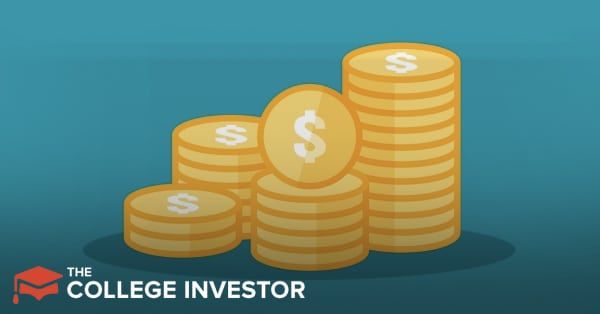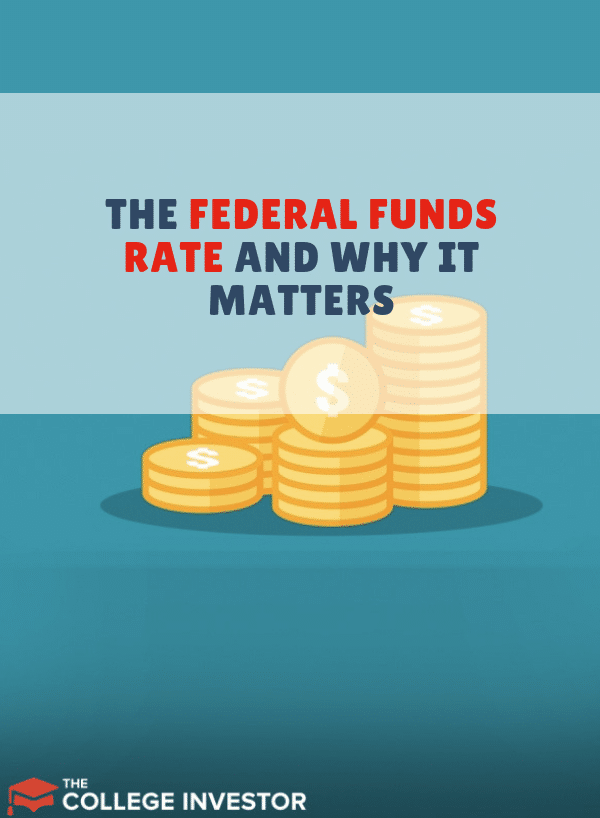
You have likely seen most of the major high yield savings accounts raising their rates. And you may have heard of something called "The Fed", which raises and lowers interest rates.
But how does it all work? Why does what the Fed do impact savings rates, credit card rates, even mortgages?
Well, it's a pretty complex system, but let's try to break it down. We're going to cover what the Fed is (i.e. The Federal Reserve), how the Federal funds rate works, and how it impacts consumer loans and banking.
Who Is the Fed?
Fed stands for the Federal Reserve, which is the central bank of the United States. Congress created the Fed in 1913 in response to the 1907 stock market panic. The Fed’s mission, as stated on its website at https://www.federalreserve.gov, is to provide the nation with a “safe, flexible, and stable monetary and financial system.”
The Fed includes the board of governors in Washington D.C., which has seven members. All members are appointed by the president of the United States and confirmed by the senate.
There are 12 Fed banks located throughout the U.S. Their job is to gather economic data to help the Fed make effective monetary policy decisions.
The Fed conducts monetary policy through two primary functions:
- Influencing interest rates
- Controlling availability of money and credit
Congress has mandated that the Fed promotes maximum employment and stable prices.
Monetary policy decisions are made by the FOMC, which stands for the Federal Open Market Committee. The FOMC meets nearly every month of the year to provide updates on the economy’s health. During any of these meetings, the Fed may change interest rates. Sometimes the Fed will change interest rates between meetings. Interest rates refer to the federal funds rate, which is the topic of the next section.
There are many other functions that the Fed performs. However, they are outside the scope of this article.
What Is The Current Federal Funds Rate?
In short, the federal funds rate is the overnight interest rate that banks charge each other (i.e., interbank loans). The Fed sets a reserve requirement that banks must adhere to. When a bank’s reserves get low, it will borrow from other banks to add more reserves. Although there are other reasons, banks lend and borrow from each other.
When rates are low, banks borrow more from each other. The opposite is true when rates are high.
If the economy is growing, the Fed may decide to raise rates so the economy doesn’t overheat. The Fed raises rates by buying or selling Treasury bonds, which affect the money supply and credit conditions.
At a macro level, low rates can cause investors to look overseas for better returns. This outflow of money decreases the demand for the dollar and lowers its value. A lower dollar impacts exports of foreign countries into the U.S., as their goods now cost more in the U.S. The end result is that exports from foreign countries decrease.
Here's the current Federal Funds Rate as of April 25, 2024:
Header | Current | One Month Ago | Last Year |
|---|---|---|---|
Fed Funds Rate | 5.50% | 5.50% | 4.75% |
Note: At their March 20, 2024 meeting, the Fed announced it would hold rates the same.
How Does the Federal Funds Rate Affect Me?
How does a move in the federal funds rate affect consumers?
When banks are able to lend to each other at low rates, other interest rates in the economy are generally low as well. Consumers have easy access to credit and are able to borrow more and thus spend more. For those with a HELOC that has an adjustable rate, those rates will adjust down. This can encourage more people to use lines of credit on their home, thus increasing consumer spending.
Low rates also cause investors to seek higher returns in the stock market, pushing up stocks (since low rates also mean keeping your money in a savings account earning 0.25% isn't as attractive as other options). This causes retirement accounts to grow, leaving consumers with a feeling of being more wealthy. When consumers have a positive outlook on their wealth and the economy, they tend to spend more.
As the federal funds rate increases, it has a trickle-down effect.
Consumer spending makes up nearly 68% of U.S. GDP. As the consumer slows down, so does the economy.
Banks feel the pinch of increased rates as well. Lending between banks slows. To continue making a profit, banks must increase loan rates for businesses and consumers. This increase in loan rates tightens credit. The end result is that businesses and consumers are less willing to borrow money at a higher cost.
Ultimately, car loans, credit card rates, HELOCs, and mortgages move with the federal funds rate. This relationship doesn’t always work. Earlier this year, as the Fed cut interest rates, mortgage rates continued to go up. There are many other complex dynamics that can cause the relationship between the federal funds rate and loan rates to break.
Negative Interest Rates
You may have heard of negative interest rates potentially occurring (and they already exist in some parts of the world). Negative interest rates are typically viewed poorly - they mean that the economic system has really stalled, and the Fed is trying to force banks to lend versus keep their money safe.
The idea is that if a bank is forced to pay money to keep their extra money safe (the negative interest rate), versus lend it or spend it, the bank would choose to lend it or spend it. What does this look like?
Let's say that the Fed is requiring a -0.25% interest rate. If a bank wanted to save $1billion overnight, the bank would have to pay almost $7,000 in interest fees (versus receiving the interest). That may not sound like a lot, but that's $2.5 million in additional fees per billion dollar saved. That can add up.
Consumers wouldn't really see the effect of negative interest rates unless they went extremely negative. The reason is that banks charge a spread (their profit and overhead) on what they borrow and what they lend.
So, for consumers, they typically pay 3-5% more (on the low end for highly qualified borrowers) that the Federal Funds Rate.
Final Thoughts
Understanding how the federal funds rate works is helpful in knowing where overall loan rates are going. But as mentioned above, the correlation doesn’t always work. Additionally, sometimes, the Fed makes policy mistakes.
In December of 2018, the Fed raised rates by 0.25% as the market was crashing. Although the Fed raised rates three other times in 2018, it had to start decreasing rates in 2019 — with two 0.25% decreases so far. Many consider the December 2018 rate hike a mistake by the Fed. Fast forward to today and the Fed is aggressively raising rates to fight inflation - which some say will trigger a recession.
As a consumer, it’s good to know and understand what the Fed is doing, although it may not always be actionable information.

Robert Farrington is America’s Millennial Money Expert® and America’s Student Loan Debt Expert™, and the founder of The College Investor, a personal finance site dedicated to helping millennials escape student loan debt to start investing and building wealth for the future. You can learn more about him on the About Page or on his personal site RobertFarrington.com.
He regularly writes about investing, student loan debt, and general personal finance topics geared toward anyone wanting to earn more, get out of debt, and start building wealth for the future.
He has been quoted in major publications, including the New York Times, Wall Street Journal, Washington Post, ABC, NBC, Today, and more. He is also a regular contributor to Forbes.
Editor: Clint Proctor Reviewed by: Chris Muller
